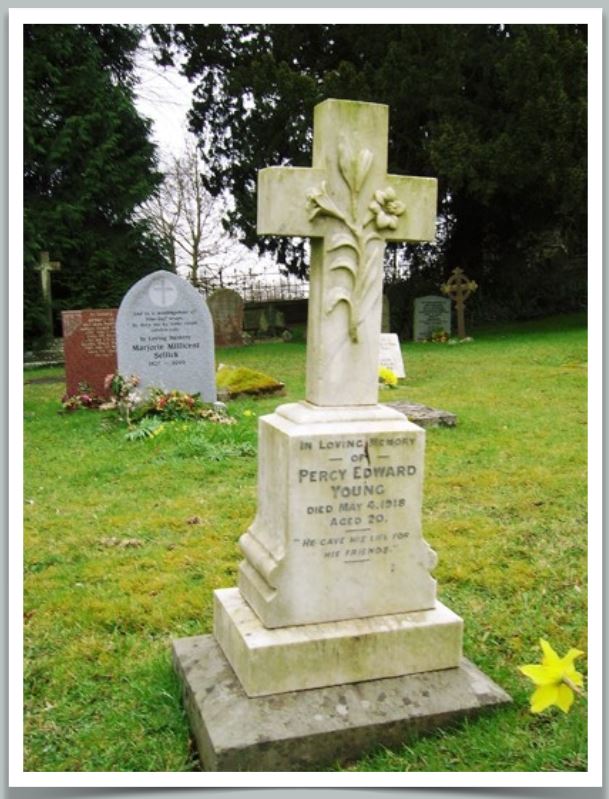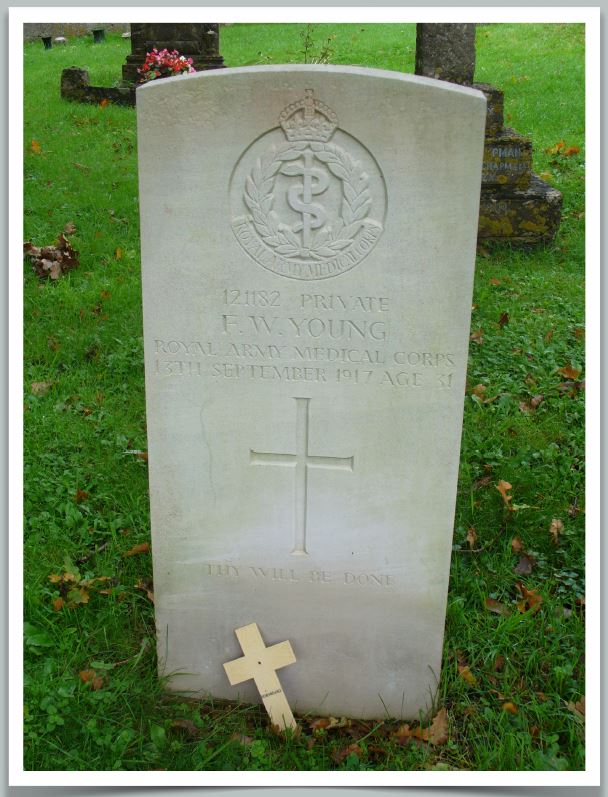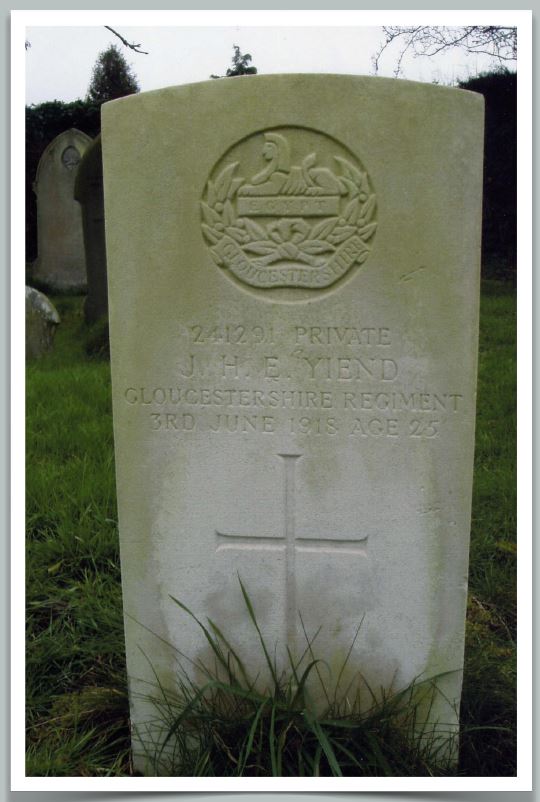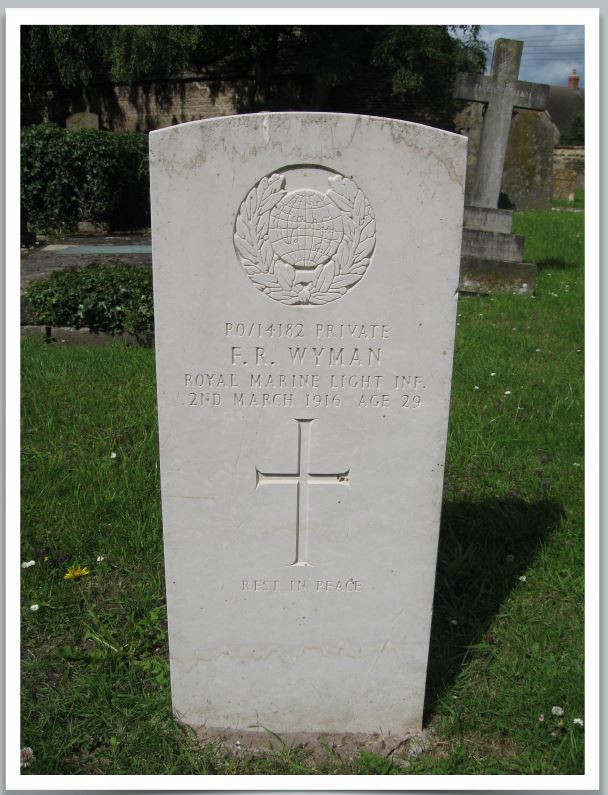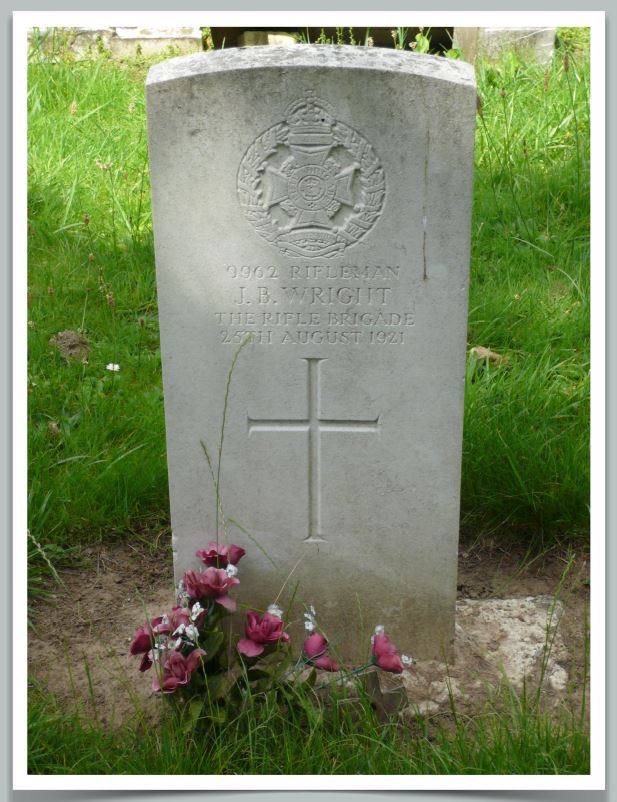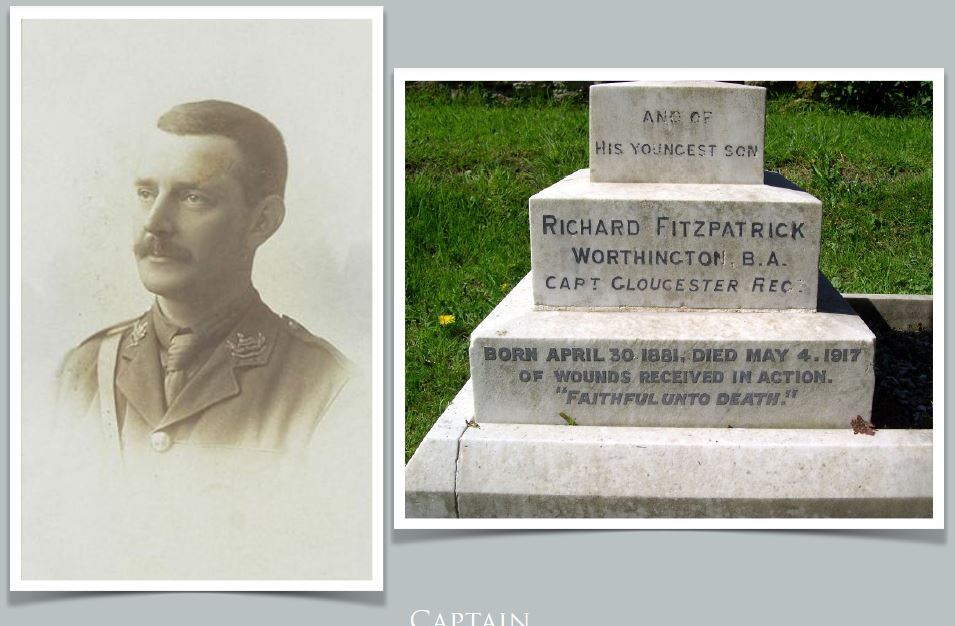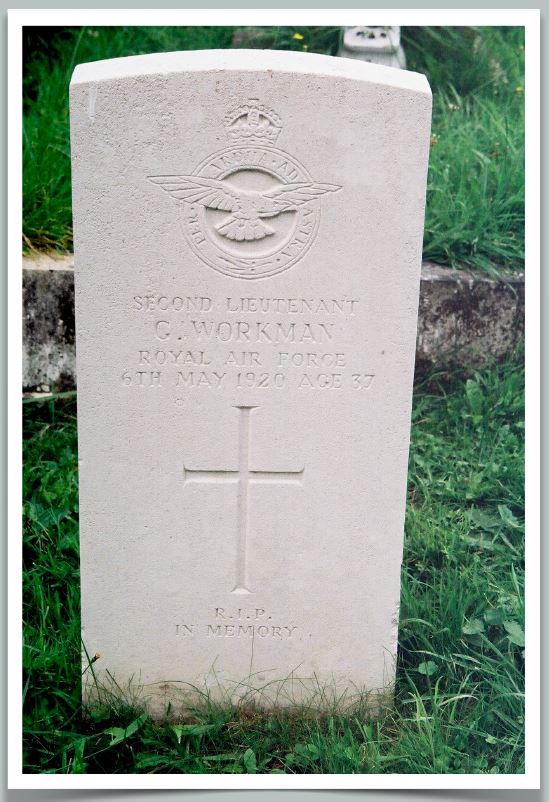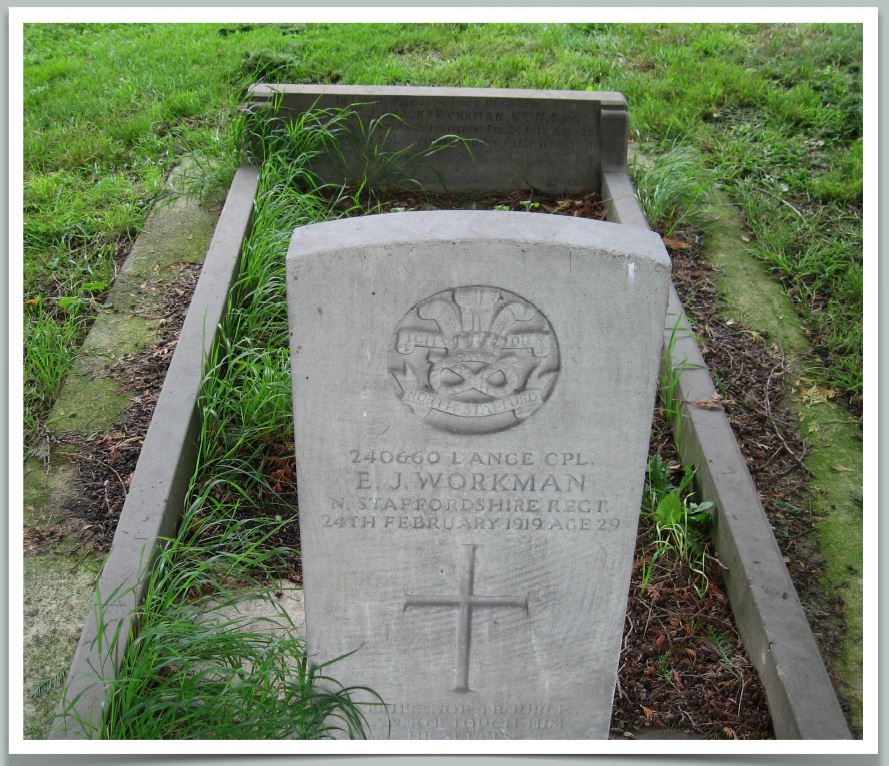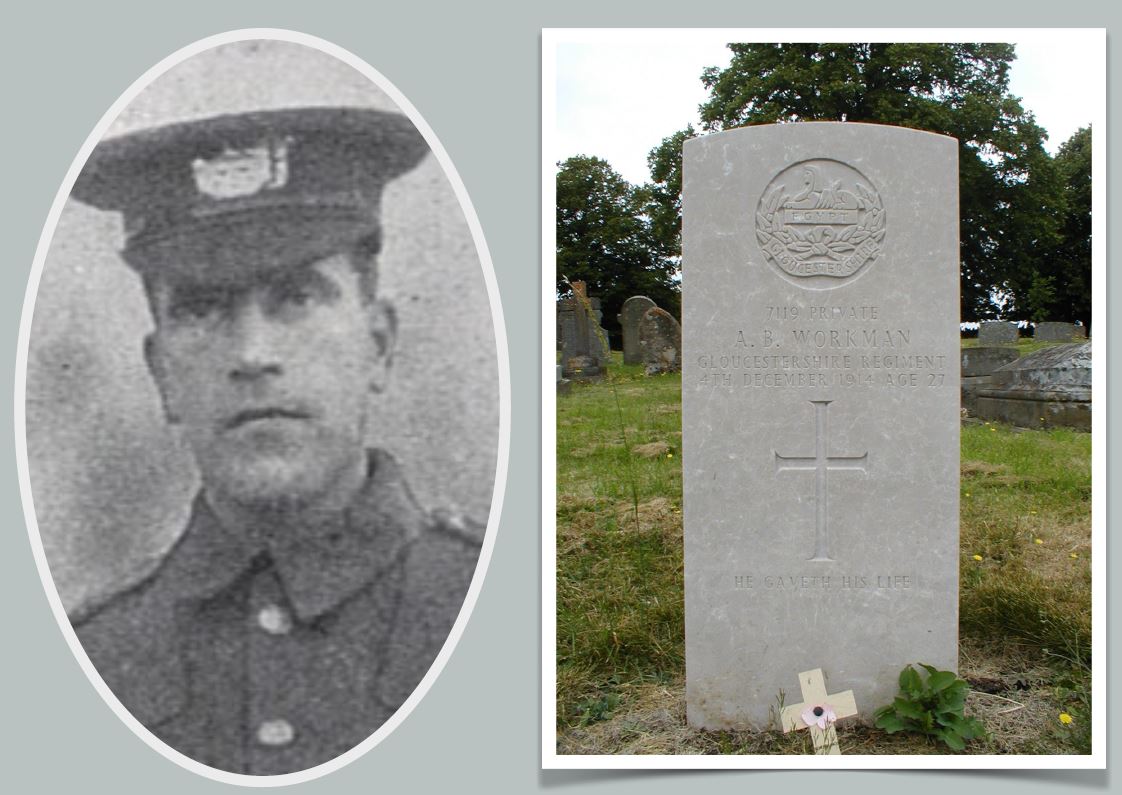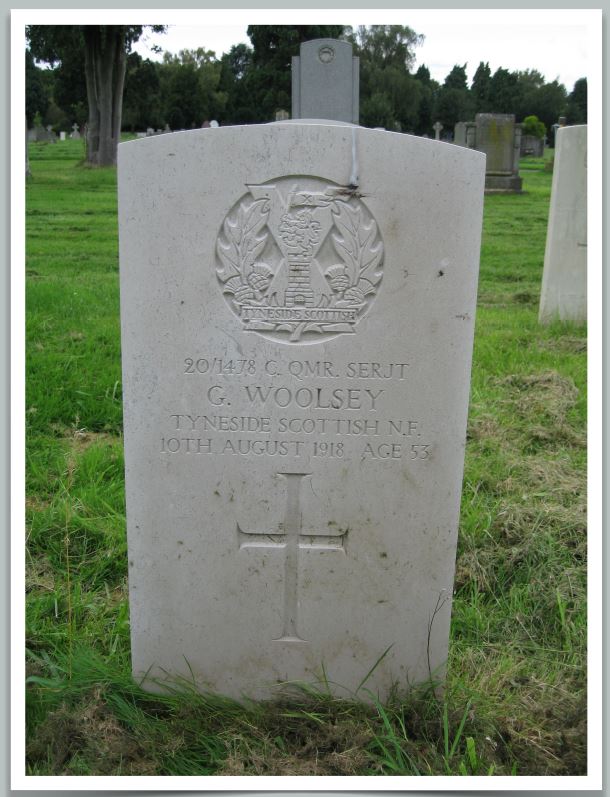The objectives of the Project :
- visit and photograph all the war graves relating to the Great War of 1914-1919 that lie within the present county boundary of Gloucestershire and which feature in the Commonwealth War Graves Commission (CWGC) Register.
- research biographical and other information relating to the graves (this is now searchable in our database as below).
- ‘adopt’ as many of the graves as possible: adoption principally entails making sure that a remembrance poppy cross is present on the grave in readiness for Armistice Day (11 November) annually, when a check can be made to ensure that the grave is in good order .
If you are interested in becoming a ‘grave adopter’ then please contact our project co-ordinator Simon Cook by emailing: wargraves@cgwfa.org.uk.
The branch will provide adopters with suitably labelled poppy crosses free of charge (donations towards costs are appreciated).
Should an adopter discover that a grave is in need of care or repair this should be reported to the project co-ordinator who will bring the matter to the attention of the CWGC UK Area Office.
To obtain a listing showing the location of each grave, an indicator of those graves already receiving a poppy cross please click here.
N.B. In certain cemeteries poppy crosses are placed by the Royal British Legion or local council and we normally do not seek to duplicate this placement.
Search the database:
Browse the database:
WAR GRAVES IN THE UNITED KINGDOM
Anyone who died on active service, whatever the cause, or as a result of a condition brought about by active service, between the designated qualifying dates, would have their grave recorded as a War Grave, in the Commonwealth War Graves Commission (CWGC) registers. This included those who died as a result of murder, suicide or judicial execution. Also included were members of recognised civilian organisations, such as the Mercantile Marine, Red Cross, YMCA etc., who died whilst on, or as a result of, duties related to the war. In terms of the Great War, the ‘qualifying dates’ were from 4 August 1914 to 31 August 1921, the latter being the official date on which the War ended, as declared by Parliament, following the Armistice of 11 November 1918.
The treatment of those who died in the UK differed markedly from those who fell abroad. For the latter there was policy of no repatriation and the place of burial was decided by the Imperial War Graves Commission (latterly the CWGC). In the UK, relatives were given choices over where their loved one would be buried. This was either near to the place of death (eg. the nearest cemetery to a military hospital) or at a place decided by them, in which instance they would be responsible for any transport costs. They were also given a choice of headstone. This could be a standard white engraved CWGC headstone (available from 1920 onwards), in which case the Commission would undertake to maintain both grave and headstone in perpetuity. Alternatively, they could opt for the burial to be marked by a private headstone, in which case care and maintenance would be the lasting responsibility of the relatives. The CWGC would record the grave in its registers but there would be no duty of care.
In approximately 20% of cases relatives opted to have a private headstone. No doubt this was due to a desire for something more personal, utilisation of a family burial plot or other family reasons: a decision taken at a stressful time, when thoughts of grave maintenance into the next century were far from the mind.
Whilst the location of a War Grave is registered with the CWGC, they have no special rights over the ground in which it lies. They can, of course, exercise certain moral pressure to ensure that a grave is properly maintained. Most cemetery owners have an agreement with the CWGC with regards to regular maintenance and fulfil their obligations; however some do not. There have been instances where cemeteries have been allowed to overgrow to create a ‘nature haven’, headstones cleared to the sides to create an open space or memorial park, or removed due to health and safety concerns. Vandalism is a significant problem in some areas and whilst any action such as the daubing of graves receives much publicity when it (rarely) occurs in countries such as France, malicious damage in the UK is far more prevalent and seldom reported.
The CWGC has a team of Area Inspectors, whose headquarters is in Leamington Spa. They visit all War Graves approximately every three years. Where damage is found to a CWGC standard headstone, repairs will be initiated or possibly a new headstone ordered from the factory at Beaurains, near Arras. Members of the public, who come across damaged headstones, are welcome to report this to the Leamington Spa office (ukaoffice@cwgc.co.uk).
War Graves with private headstones are also visited, to determine if the headstone is still befitting as a commemoration (essentially can the name thereon still be read). If this is not the case then attempts will be made to contact the owner of the grave, to request that this be rectified. If no contact can be made (an increasing problem with the passage of time, even with WW2 graves), then contact will be made with the cemetery authority for permission to erect an official stone. Permission is normally (but not always) granted and the process is usually a lengthy one, with legal and financial issues to be resolved. The CWGC cannot remove old stonework, as this is not their property.

